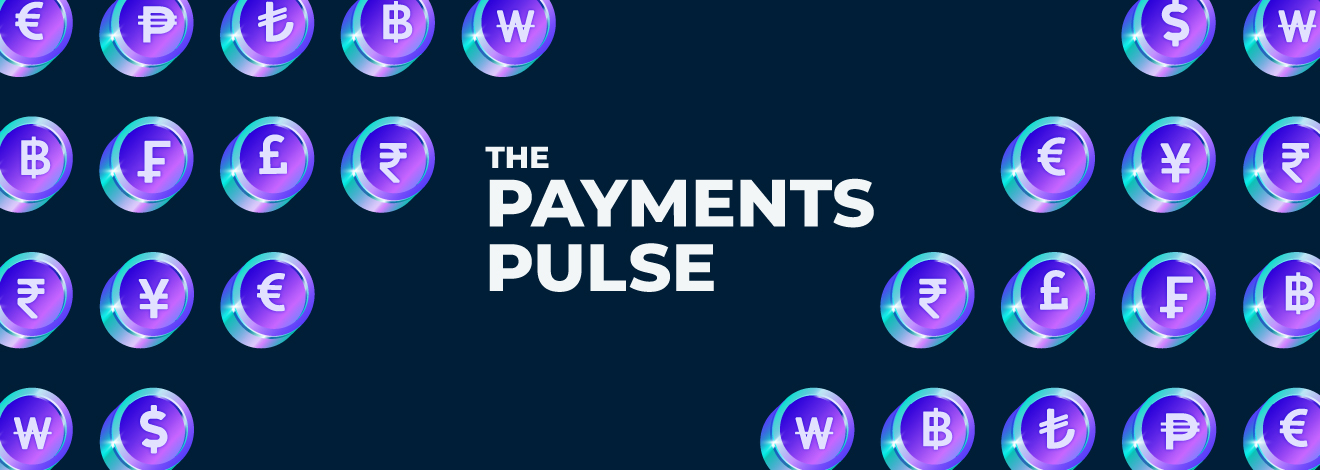US Dollar drops after weak data – United States

Written by the Market Insights Team
Stag creeps, flation leaps
Kevin Ford – FX & Macro Strategist
Signs of weakness in US economic data have weighed on the dollar, fueling concerns about the rising possibility of a downturn in the second half of the year. Yesterday’s reports point to a slowing economic landscape, with markets increasingly anticipating softer data in the coming months. On one hand, ADP private sector hiring in May came in at just 37K its lowest level since March 2023, signaling weaker job growth momentum.

Meanwhile, the ISM services PMI slipped to 49.9, falling short of the expected 52, with new orders plunging to 46.4 from 52.3 the previous month. This sharp decline is fueling concerns about the broader economic trajectory and the potential for a turning point. The downturn was primarily driven by weaker business activity and new orders, both reaching their lowest levels since the COVID-19 lockdowns in 2020. On the cost front, inflationary pressures intensified as the prices paid index climbed to 68.7, reaching levels last seen during the final stretch of the post-pandemic supply chain disruptions.

Concerns over economic growth are rippling through US Treasuries. With fiscal fears easing for now, the 10-year Treasury yield has dipped below 4.4%, while the 30-year yield has fallen under 5%. As markets ignore US policy noise and the VIX drops below its 10-year average of 18.5, the US dollar is adjusting to softer growth expectations, reflecting lower pricing.

On the tariff front, at a press briefing this week, White House spokesperson Karoline Leavitt said US Trade Representative Jamieson Greer sent a letter to all trade partners as a friendly reminder of the upcoming deadline. Yes, we’re almost one month away from the 90-day tariff truce after reciprocal tariffs were announced. She noted that Greer, along with Treasury Secretary Scott Bessent and Commerce Secretary Howard Lutnick, are actively discussing tariffs with key Washington allies. Although the US Court of International Trade initially blocked the tariffs last week, an Appeals Court overturned the decision, keeping them in place and offering the US administration some relief.
All eyes on the NFP tomorrow. Markets expect the US created 126K jobs during May and the unemployment rate to stay at 4.2%. Softer than expected should be dollar negative and might send the DXY Index to test its 2025 low at 97.9.
Euro attempts to hold above $1.14
Antonio Ruggiero – FX & Macro Strategist
The weaker US data batch of late has helped the euro push into $1.14 territory, holding firm above its 21-day moving average. The rebound was hardly surprising, but markets still place greater weight on the stronger-than-expected NFP data later in the week, which poses a downside risk to EUR/USD.
Beyond softer US data, an undercurrent of bearish sentiment continues to drag on the euro, as lingering US trade negotiations with China and the EU prevent the currency from making a decisive break above $1.14. Every US dollar rebound further weakens investor confidence that the euro could emerge as the world’s new reserve currency, a theory that had been gaining traction in recent months.
Nonetheless, uncertainty remains high, with tensions escalating as key deadlines approach. EU officials fear Trump holds outsized “leverage”, arguably his second-favorite word, trailing only behind ‘tariffs’, given the simultaneous crises of trade negotiations and the war in Ukraine. In just 11 days, Trump will square off with European leaders at the G7 summit in Canada, an event expected to provide clarity—or at least hope—on both the geopolitical and trade fronts. Meanwhile, EU leaders are set to meet in Brussels in less than three weeks to negotiate a trade deal with Trump and avert the looming 50% tariffs, with preliminary discussions already underway in Paris this week.
Despite these tensions, EUR/USD overnight volatility remained subdued, especially compared to the eve of previous European Central Bank (ECB) meetings. Aligning with the broad consensus that tariffs will weigh on EU economic activity, the ECB is almost certain to cut its deposit rate to 2.00% today, with markets pricing 99.7% of a cut today. Adding to the case for a cut, Tuesday’s soft Eurozone inflation prints saw the headline figure break below the 2% target to 1.92%, while core inflation—which strips out volatile food and energy prices—fell from 2.7% to 2.3%, reinforcing concerns about economic momentum.

Let’s go oilers!
Kevin Ford – FX & Macro Strategist
“Let’s go, Oilers!” That might have been the only unexpected comment from Bank of Canada Governor Tiff Macklem’s latest press conference. Beyond the hockey enthusiasm, uncertainty remains the theme, just as it was in the April meeting. The big question: when will the BoC provide clearer guidance on monetary policy moving forward?
At this point, a rate cut in July is a coin toss. Macklem pointed out that they’ll be watching two upcoming inflation reports closely before the July meeting. Meanwhile, the Governing Council noted that while disinflationary forces are showing up on the goods side, rising costs are likely keeping inflation elevated, pushing core inflation measures higher than the BoC had expected, and wanted. With a stronger-than-expected Q1 GDP print, the bank opted to hold steady, anticipating slower growth in Q2.
One standout difference between the Federal Reserve and the BoC during 2025 is how Canada’s central bank is actively engaging with businesses to get a fuller picture of the economy beyond just hard data. Companies have built up inventories, paused capital expenditures, and struggled to secure new suppliers, facing rising prices. However, after 7 consecutive cuts and now two pauses from the BoC, the current posture from both central banks stays the same; let’s wait and see.

Also worth noting as of yesterday, the increase in steel and aluminum tariffs from 25% to 50% is now in effect, adding another layer of complexity to Canada’s economic outlook.
Still, market sentiment remains upbeat. The Canadian stock market reached an all-time high earlier this week, the 10-year government bond yield has fallen nearly 18 basis points since May, and the CAD hit a 2025 low yesterday at 1.3653. Short-term movements continue to be driven by dollar weakness, as volatility eases and markets momentarily tune out tariff concerns while awaiting tomorrow’s job data.

UK data resilience driving GBP/USD strength
George Vessey – Lead FX & Macro Strategist
Recent UK data has consistently exceeded expectations this year, pushing Citi’s UK economic surprise index to a one-year high. This has helped GBP/USD climb over 8% year-to-date as the pair closely tracks the UK-US economic surprise differential. The six-month correlation coefficient between the two is nearing its highest level in a decade and is more a reflection of strong UK data as opposed to weak US data.

The de-dollarization narrative amidst waning US economic exceptionalism, a ballooning debt pile and erratic US policy is an obvious weight on the dollar, but this strong correlation also suggests GBP/USD could remain supported if UK data continues to surpass forecasts even amid shifting US conditions. However, any deterioration in UK fundamentals, or a sharp rebound in US data, could temper upside potential for the pound, with $1.36 proving to be a key hurdle to overcome.
In terms of UK data though, the final PMI figures for May have been released this week and the composite figure was revised higher than the preliminary to 50.3 in May, up from April’s 48.5, signalling a return to slight growth despite the reading being its second lowest since October 2023. The increase was driven by stronger services output, offsetting deeper contractions in manufacturing.
The services PMI edged up to 50.9, reflecting a fragile recovery as US tariff concerns receded. However, demand remains weak, with new orders declining for the fourth time in five months. Employment has fallen for eight months, though the latest drop was the mildest since late 2024. Price pressures persist, but business confidence rebounded, supported by investment plans and improving economic prospects.

Yields drop, dollar soft, Kiwi, Aussie and Loonie gain
Table: 7-day currency trends and trading ranges

Key global risk events
Calendar: June 2-6

All times are in ET
Have a question? [email protected]
*The FX rates published are provided by Convera’s Market Insights team for research purposes only. The rates have a unique source and may not align to any live exchange rates quoted on other sites. They are not an indication of actual buy/sell rates, or a financial offer.











































